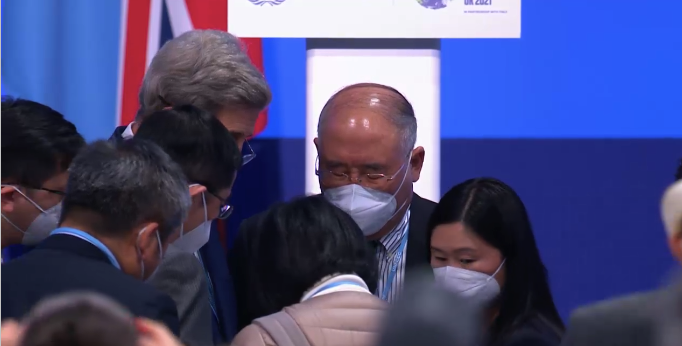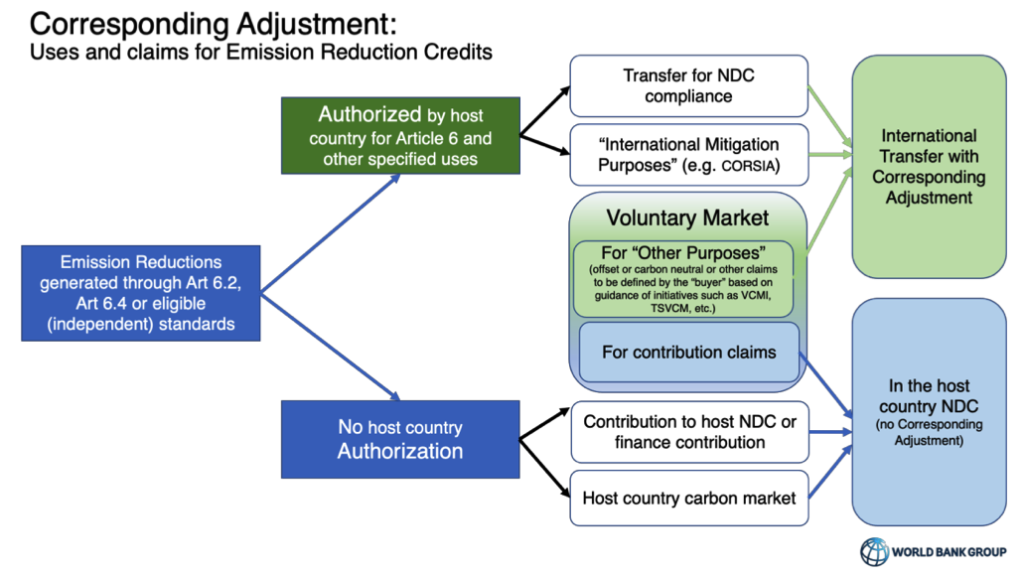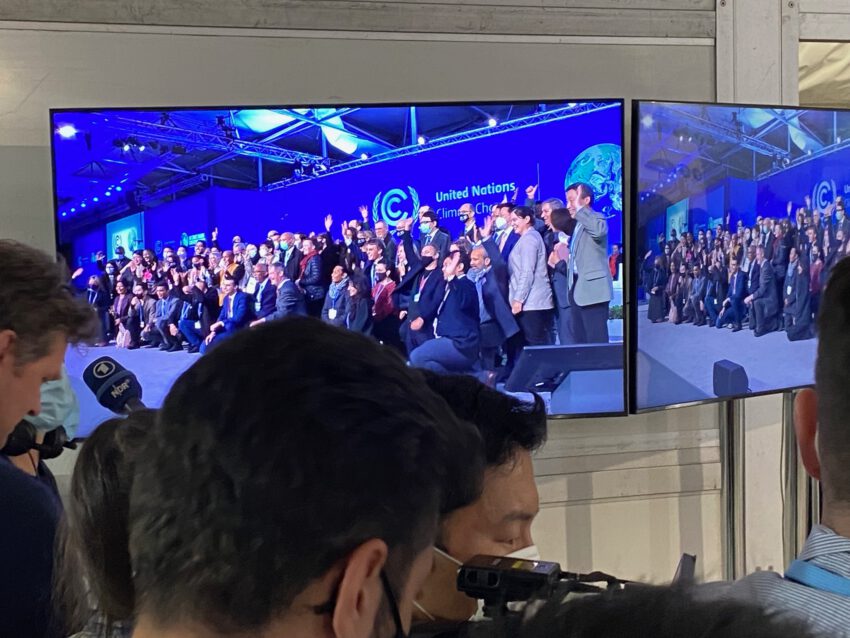Glasgow Outcome in bullets
…. accelerating efforts towards the phase-down of unabated coal power and inefficient fossil fuel subsidies, recognizing the need for support towards a just transition;
On general ambition:
- See cover Decision 1/CMA.3 ‘Glasgow Climate Pact’, New country and group pledges on targets for 2030 and net zero in 2050 and on forest and aviation brings us to 1,8 Degrees rise at best and keeps 1,5 Degrees in sight
- Short term methane reductions in oil & gas, waste and agriculture ensures faster limit to temperature rise. 30% reduction of methane by 2030 could further limit warming by 0.2°-0.5° C in 2050.
- Implementation of ALL these pledges into action and in the NDCs defines its success
- Annual gathering of Leaders, adjusting the targets and the tracking the resulting overall emissions trajectory is key to this success
- Countries should in my view consider also to take additional actual cooling targets (reduce the overall temperature of the cities and country including with green-blue infrastructures).
These carbon market rules are important to start implementing the Paris Agreement and increase further ambition in order to close to emissions gap towards staying below 1,5 Degrees Celsius
On carbon markets:
- On bilateral trade amongst countries, Internationally Transferred Mitigation Outcomes, (ITMOs,Art 6.2), double entry booking and a registry that tracks ITMOs ensures avoiding double counting via corresponding adjustment (CA)
- Companies can be authorized to use these IMTOs for other international mitigation purposes: think of ETS and CORSIA (ICAO)
- No binding share of proceeds (SOP) for the Adaptation Fund on Art 6.2. transfers, but parties are “strongly encouraged to commit to contribute resources for adaptation”
- On the central issuance of carbon credits, the Sustainable Development Mechanism, Art 6.4., also here avoiding double counting is agreed of an Art 6.4 ER (emissions reduction) via CA, if the ER is transferred to another country, ETS or CORSIA. ERs can also be used for domestic purpose or be cancelled against a domestic carbon tax for example
- The Kyoto Protocol era CDM comes to an end and will transition to Art 6.4. and get additional ambition: overall mitigation outcome (OMGE), by canceling 2 % of the emission reduction units issued under 6.4.
- On the issues ERs a share of proceeds of 5% is set as fee for the Adaptation Fund
- These and other items are part of a Workprogramme for the coming year(s).
- Flaw is that issued CERs from 2013-2020 (Certified Emissions Reductions from the Clean Development Mechanism, CDM) can be used to meet the first NDC commitment period (approximately more or less 100 Mton CO2). I doubt whether any country will purchase these with the problematic history and low quality of CDM in mind

Each participating Party shall have, or have access to, a registry for the purpose of tracking and shall ensure that such registry records, including through unique identifiers, as applicable: authorization, first transfer, transfer, acquisition, use towards NDCs, authorization for use towards other international mitigation purposes”.
On voluntary carbon market (VCM)
- This is not directly addressed in the decisions, as Art 6.2 and 6.4. gives rules for countries. Practice is that voluntary carbon credits help the buyer compensate his remaining emissions impact, but for the Paris Agreement they help the host country meet its NDC. Reason: the host country of the buying company is not using the credit: so, no international transfer of credits outside the country of the project. Carbon Credit programme Verra confirms that the Glasgow decisions do not impact the VCM. See figure of Worldbank below to show the distinction between Art 6 and the VCM.
- The total use of nature-based solutions (carbon removals) for the VCM is limited, as the supply of direct air capture is at the moment. There are many other types and technologies of offsets. It is important, in order to keep increasing ambition, that the use of offsets has to go hand-in-hand with absolute zero emissions targets by companies. See for example how the “climate neutral certified” standard, by Climate Neutral Group implies exactly that.
- Anyway, also important is that the use of offsets has to be declining as the scope of binding targets will overtake more and more the sectors that take voluntary targets now
- Offset providers group ICROA ensures high standards and quality for carbon footprinting and offsetting and there are initiatives ongoing to help improve transparency and governance for the VCM as a whole.
These carbon market rules are important to start implementing the Paris Agreement and increase further ambition in order to close to emissions gap towards staying below 1,5 Degrees Celsius

